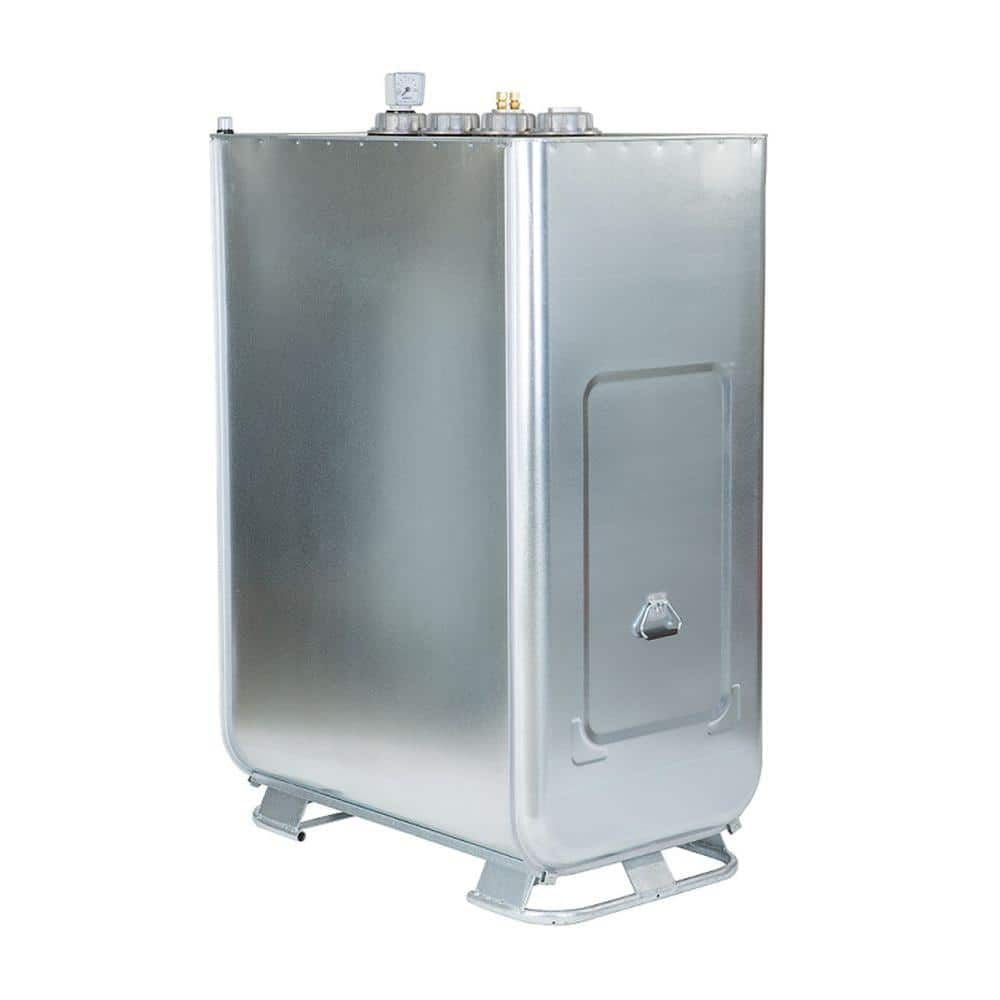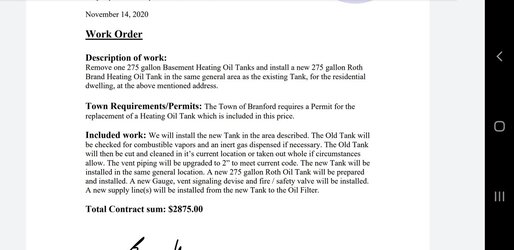Yes, certainly a wide range of sensors. I suspect some of those listed above may still be driven by oxidation. Possibly CO > CO2 making a weak acid and changing conductivity and or pH of a solution. Though if buying a $1000 scientific instrument sensor, then it's most likely some more exotic technology highly selective to CO. But a $10 CO detector is likely much more simple.No, CO sensors work either by a gel that changes color upon absorbing CO, a transistor whose channel conductivity changes upon CO adsoption, or a solution whose conductivity changes upon CO entering the solution.
They are *not* (necessarily) sensitive to other combustibles in the air. Don't make that mistake thinking you're covered for something (e.g. propane) when you're not.
And I do apologize if my post conveyed the thought that a 'CO' sensor would necessarily pick up combustibles. I don't believe I said that, and certainly don't rely on it. But since CO is essentially a flammable gas, these cheap sensors do have the *possibility* to pick up a wide range of flammable gases, which is not a bad thing in a home environment. (and what most likely led to the reported CO alarm in the OP's case)

mics5524 for sale | eBay
Get the best deals for mics5524 at eBay.com. We have a great online selection at the lowest prices with Fast & Free shipping on many items!
www.ebay.com




